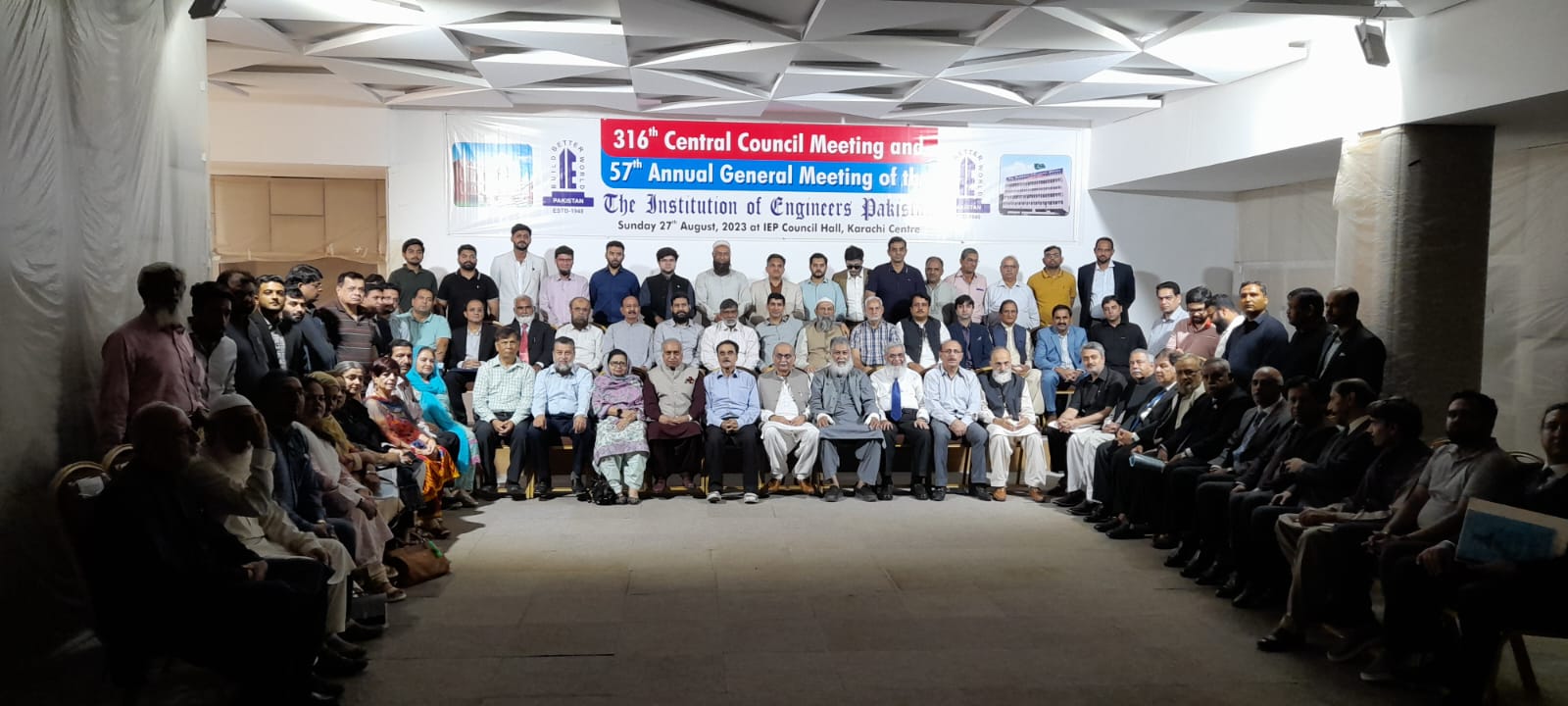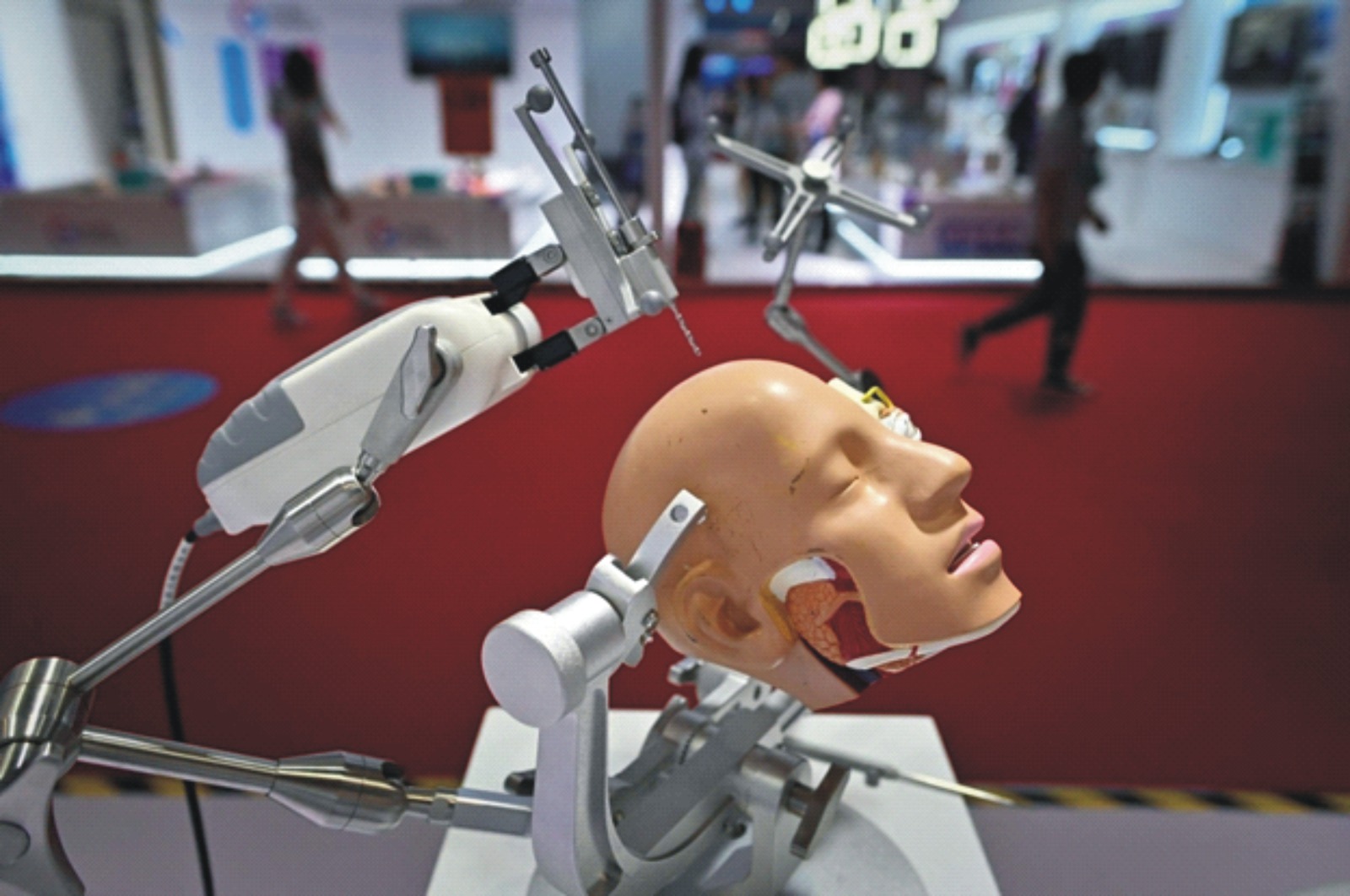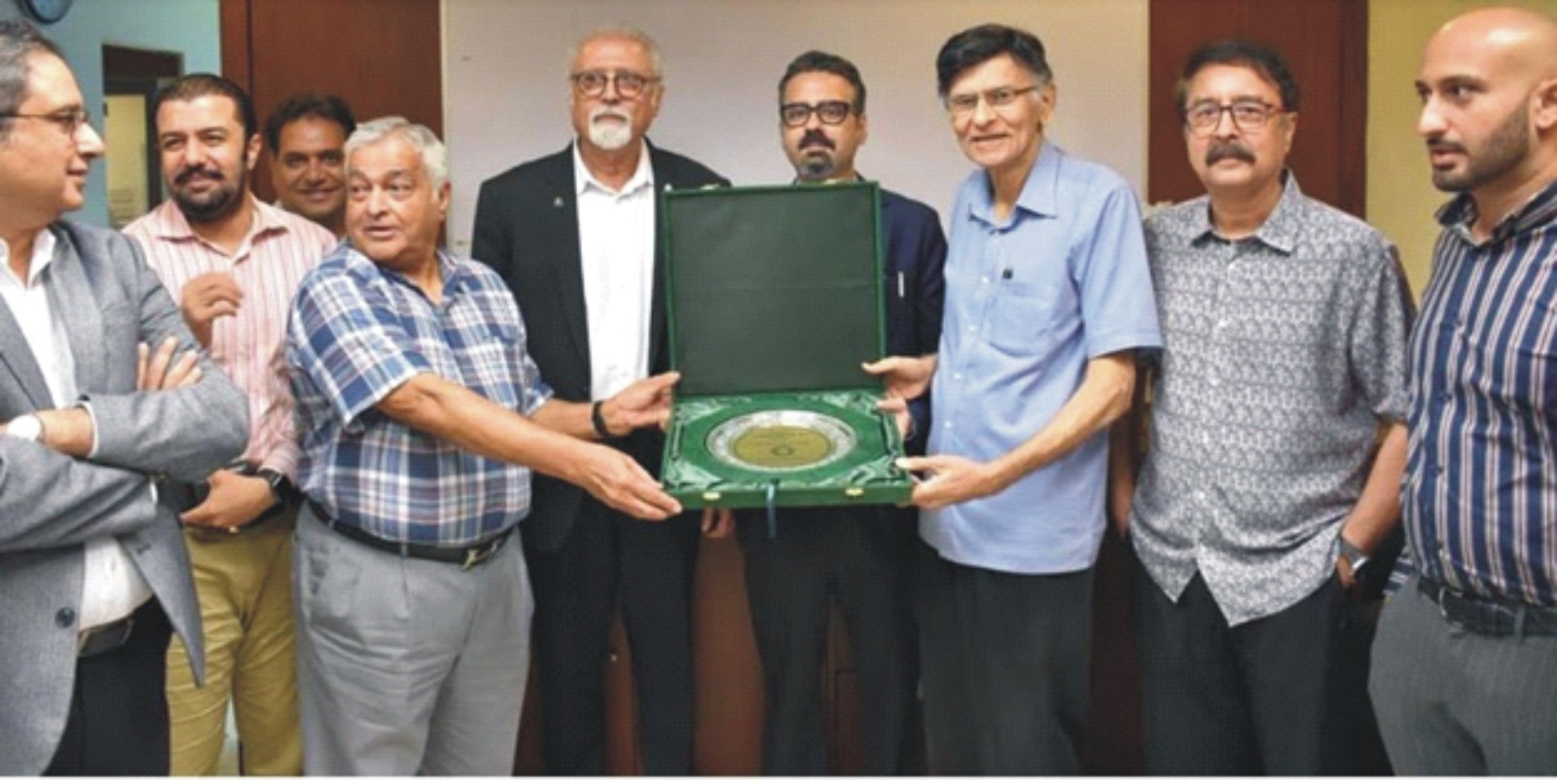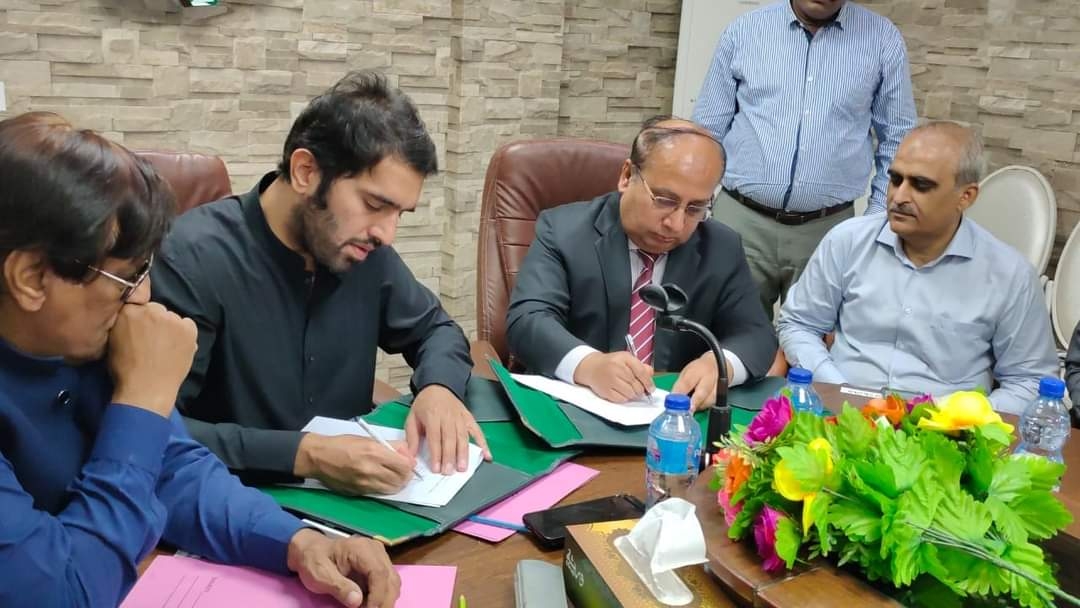316th CC, 57th AGM moots in Karachi
IEP to open student chapters in all eng universities, reserve women seats
Led by Engr. Farhat Adil, IEP leadership carve out a comprehensive plan for a full term
Farhat Adil, President of the Institution of Engineers, Pakistan (IEP) chaired the Admin & Finance Committee, Building Committee, Coordination Committee, […]





